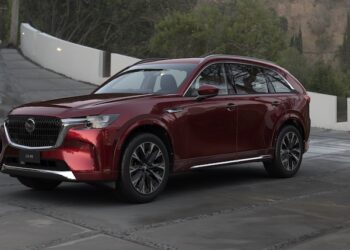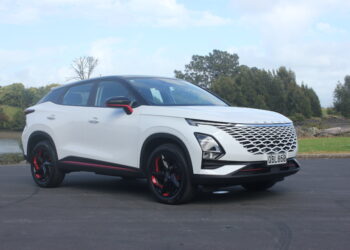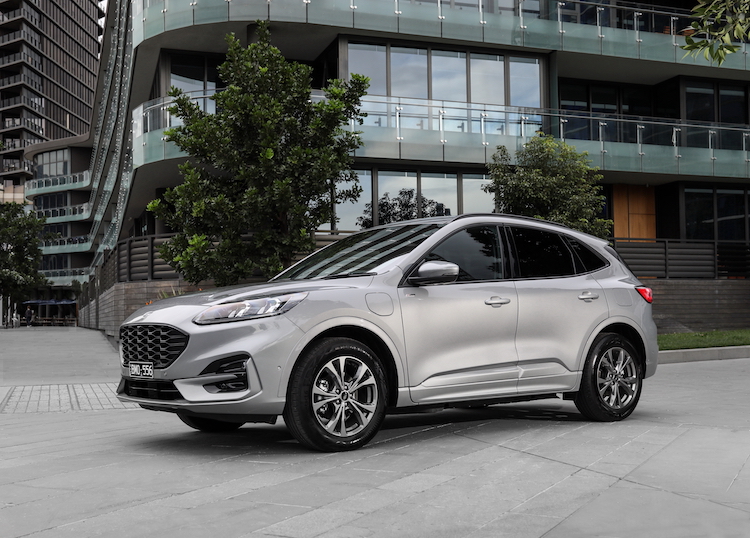
Like many, the local launch of the plug-in hybrid version of the Ford Escape was delayed by demand exceeding supply in European markets and the supply chain interruption caused by the pandemic.
The non-hybrid models of the all-new Escape arrived in the third quarter of 2020 but it wasn’t till mid-2021 that Ford New Zealand managed to secure nine Escape PHEVs as dealer demonstrators. They were to be followed by the first shipment of 30 vehicles.
The Escape PHEV, and particularly the ST-Line X as reviewed here, is loaded with technology including FordConnect which allows the driver to interact with the vehicle through a Smartphone.
Such mundane tasks as locking and unlocking the vehicle, ,setting a timer for charging, and preheating the vehicle before setting off in the morning can all be done using the system.
THE RANGE
The entry-level Escape PHEV retails from $60,990 plus on road costs and the upscale Escape ST-Line X PHEV starts from $66,990. Both qualify for the Clean Car Discount rebate of $5750 for plug-in hybrids.
Unlike its nearest mass-market competitor, the Mitsubishi Outlander PHEV which is a seven-seat all-wheel drive, the Ford Escape PHEV is a frontwheel drive five-seater.
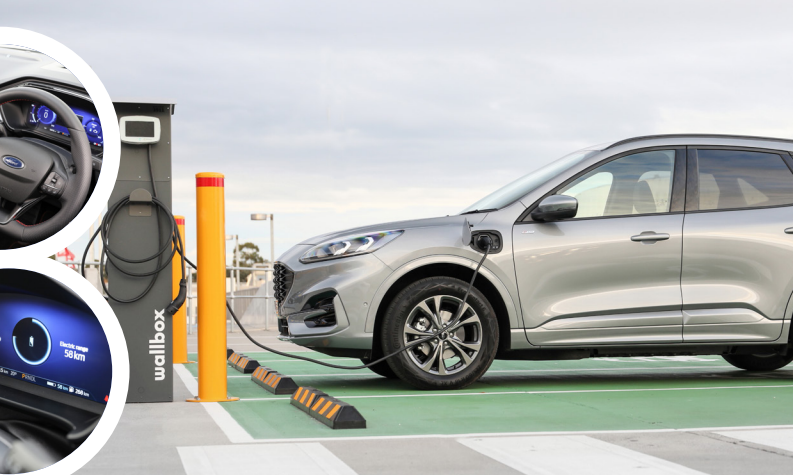
THE TECH
Both Escape PHEVs have a pure electric driving range of up to 59km and charging time ranges from two hours on a commercial type-2 AC charger to six hours from a domestic 230-volt 10-amp power supply.
With gentle driving and slow charging, we managed to increase the pure EV range of the test ST-Line X to 64km.
Ford’s power-split architecture combines a 2.5-litre four-cylinder Atkinson-cycle petrol engine, an electric motor, and a generator with a 14.4kWh lithium-ion battery.
They produce a combined 167kW of power transferred to the road through an electrically controlled continuous variable transmission (e-CVT).
The 14.4kWh battery can be charged using a passenger-side front guard mounted charging port and it’s replenished automatically on the move using regenerative charging technology that captures the kinetic energy normally lost during braking.
Drivers can choose when and how to deploy battery power using four different modes: EV Auto, EV Now, EV Later, and EV Charge.
Most of our review drives were fairly short trips and were carried out in EV Auto mode which allows the car to use the most efficient mix of hybrid or pure EV running.
When the vehicle is in EV Now mode, and the battery reaches its lowest state-of-charge, the Escape PHEV will revert automatically to EV Auto mode, supplementing the petrol engine power with electric motor assistance.
SAFETY
Ford strove to be one of the first mass production manufacturers to fit intelligent safety features to its passenger and light commercial vehicles, earning praise from New Car Assessment Programmes around the globe, including ANCAP Safety.
Standard safety features in the Escapes include: autonomous emergency braking with pedestrian detection, evasive steering assist, forward collision warning, traffic sign recognition, and blind spot detection (BLIS). There’s also lane departure warning, lane keep assist, driver impairment monitor, tyre pressure monitor, emergency assistance, and cruise control with adjustable speed limiter.
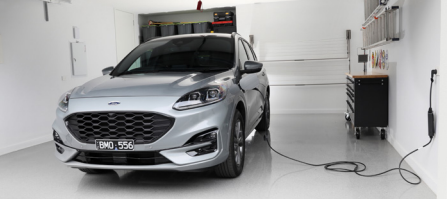
The Escape has a five-star ANCAP safety rating. ANCAP’s technical report scored the Escape favourably across adult occupant protection, child occupant protection, vulnerable road user protection, and safety assist.
It achieved 82% for the protection of vulnerable road users. The Escape also scored well against 2019 criteria with scores of 92% for adult occupant protection, 89% for child occupant protection, and 77% for safety assist.
The Escape’s autonomous emergency braking (AEB) with pedestrian detection system, achieved close to full marks.
INSIDE
The ST-Line X is appointed very generously for the $6000 increase on the entry model, offering plush upholstery, climate air, electric moonroof, powered hands-free tailgate, and Bang & Olufsen audio system.
It also has wireless charging, auto park-assist, tyre pressure monitoring, and a Thatcham alarm.
Power adjustment is only available on the driver’s seat. The passenger seat is adjusted manually but both offer seat heating.
The panoramic glass moonroof has a wide-opening aperture for plenty of sunshine and fresh air.
The Escape PHEV has slightly less space in the boot than its ICE brethren because of the battery pack, but most people will be hard pressed to tell the difference, as it still offers more than enough space for luggage.
Towing capacity is 1200kg braked which is more than enough for a camping or boat trailer.
Another interesting upgrade to the ST-Line X from the Escape PHEV is the addition of sports suspension and 19- inch alloy rims.
Though it’s nice to have the latter’s sharp steering and handling, it feels a bit superfluous in a vehicle that’s been designed to maximise fuel efficiency and minimise emissions. And the alloy wheel/low profile tyre combination amplifies corrugations in the road and tyre noise on chip sealed roads.
OUR VIEW
The Escape ST-Line X PHEV will tick a lot of boxes for many buyers with its blend of luxury, quiet performance, and the ability to charge overnight at home or at the office from a three-pin plug. With ever increasing fossil fuel costs the ability to use a cheaper energy alternative, preferably renewable, is becoming more attractive to the fleet buyer.
It will be an escape from the ordinary for many regular SUV buyers, offering a vehicle that’s capable of being fully electric for the daily work commute thanks to its EV range of around 60km and then for longer weekend journeys it has the back-up of the 2.5-litre petrol engine.
Not everyone is ready for a fully electric vehicle as a daily driver, but a PHEV like the Escape offers an interim solution in a relatively affordable package.





